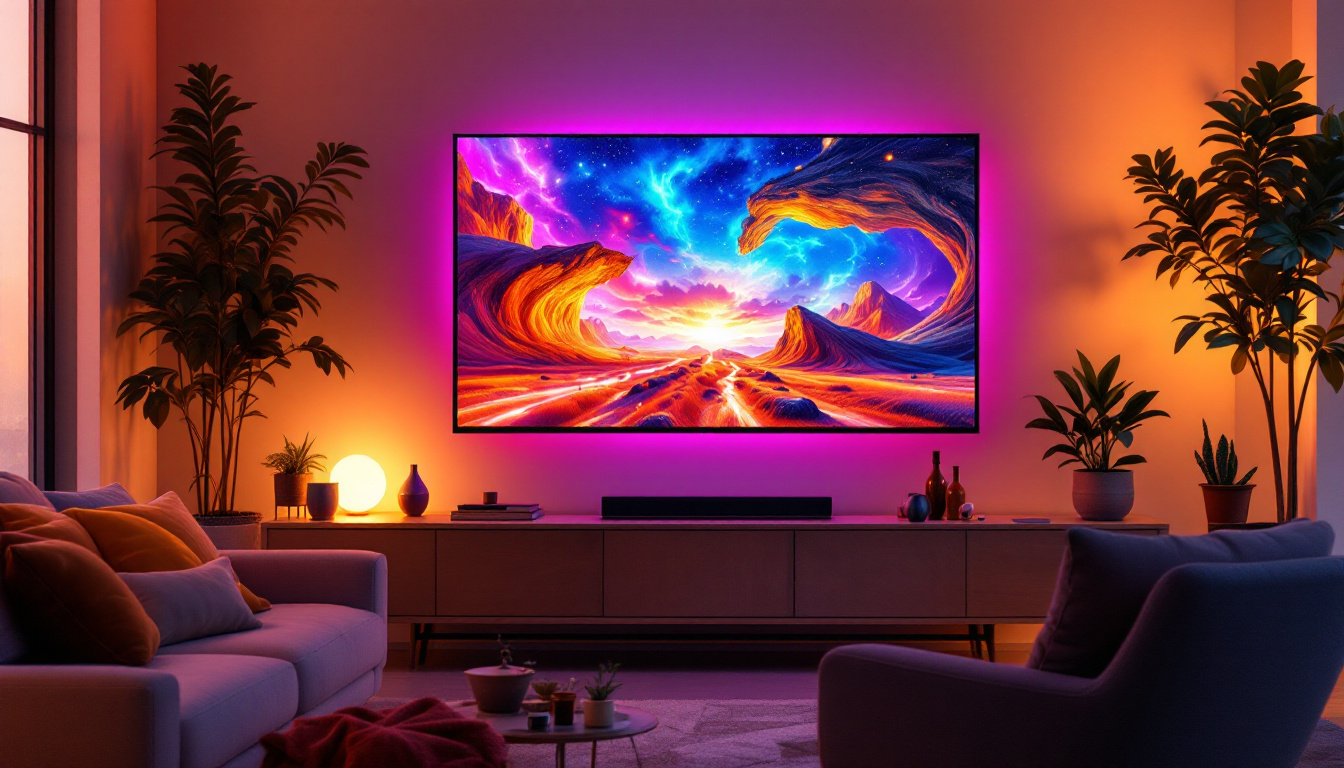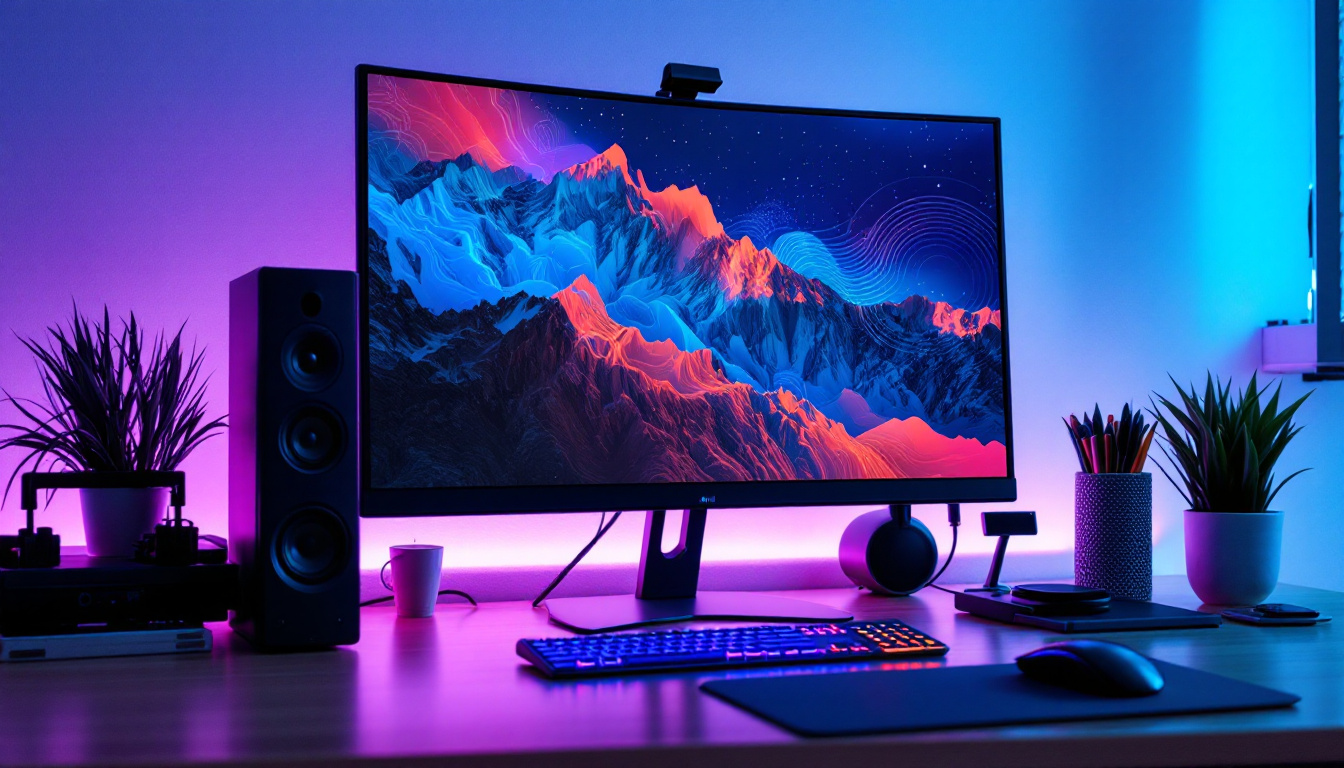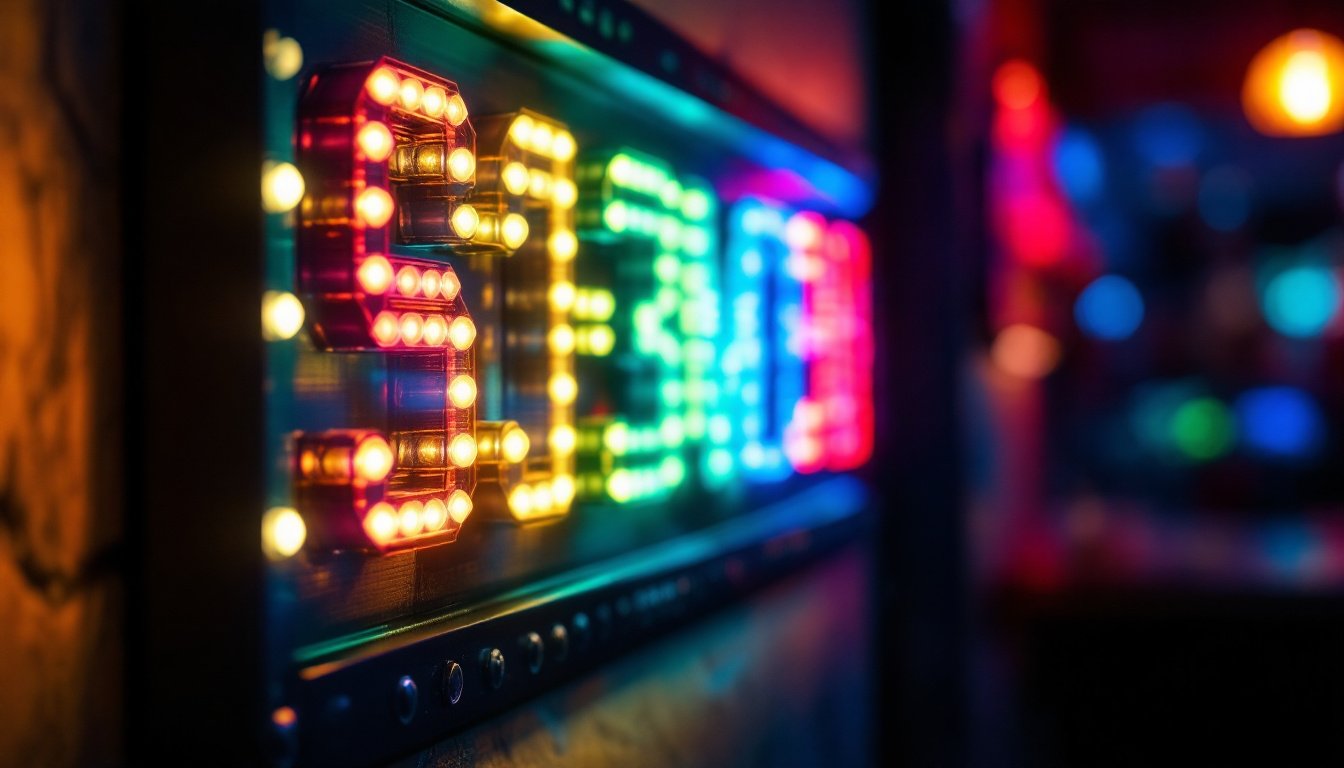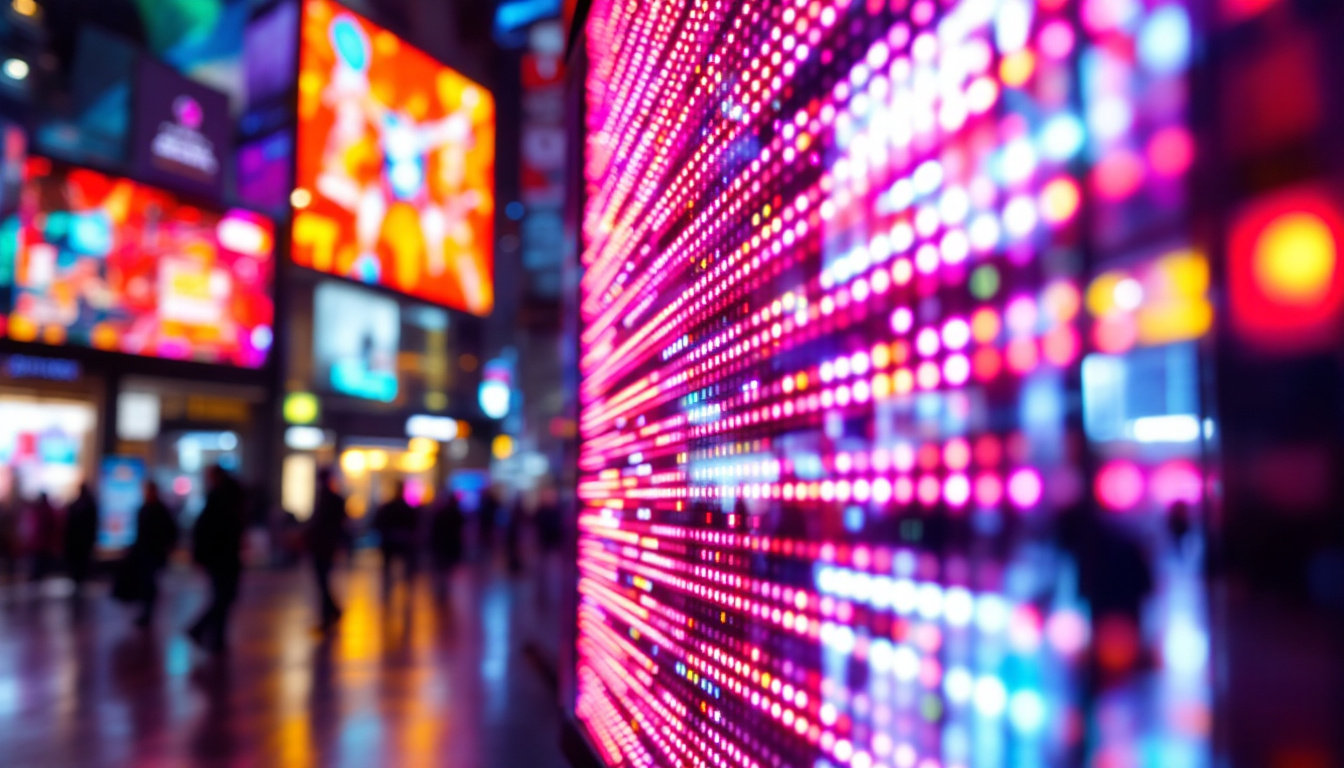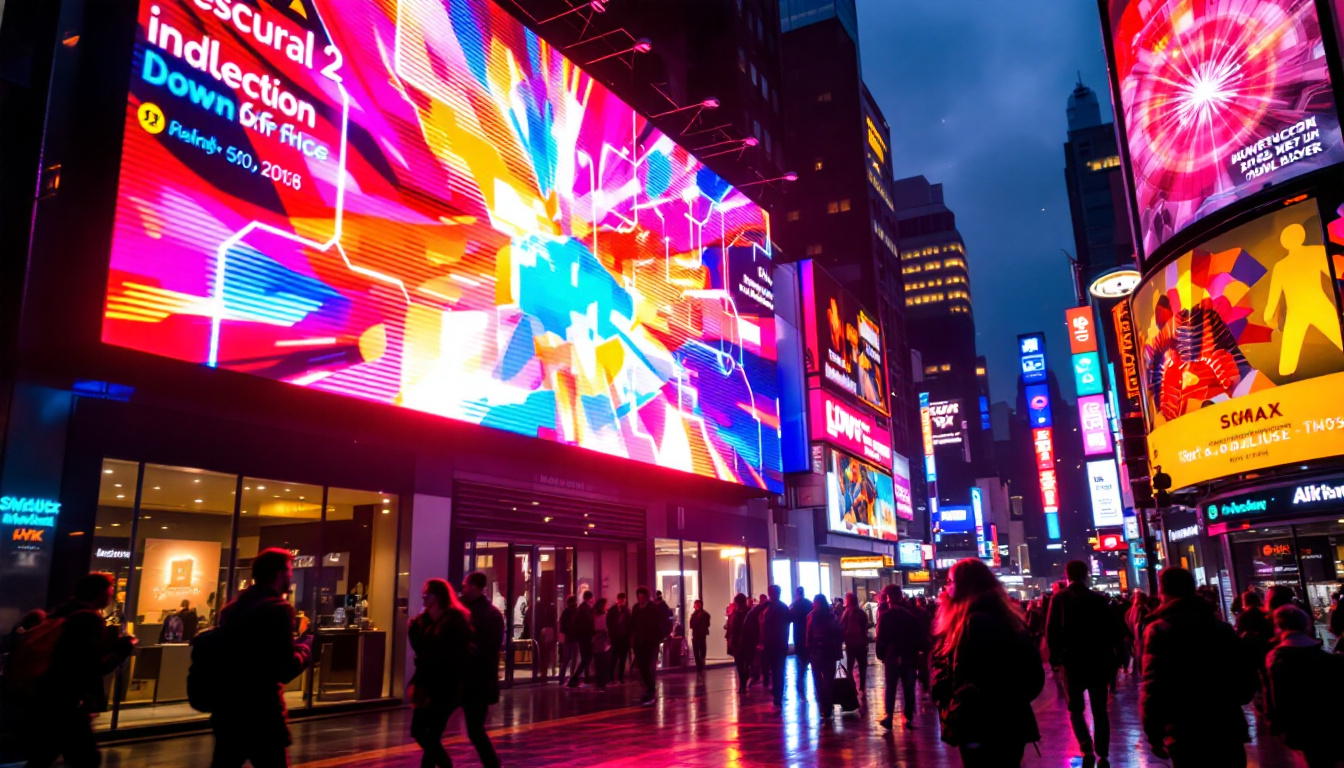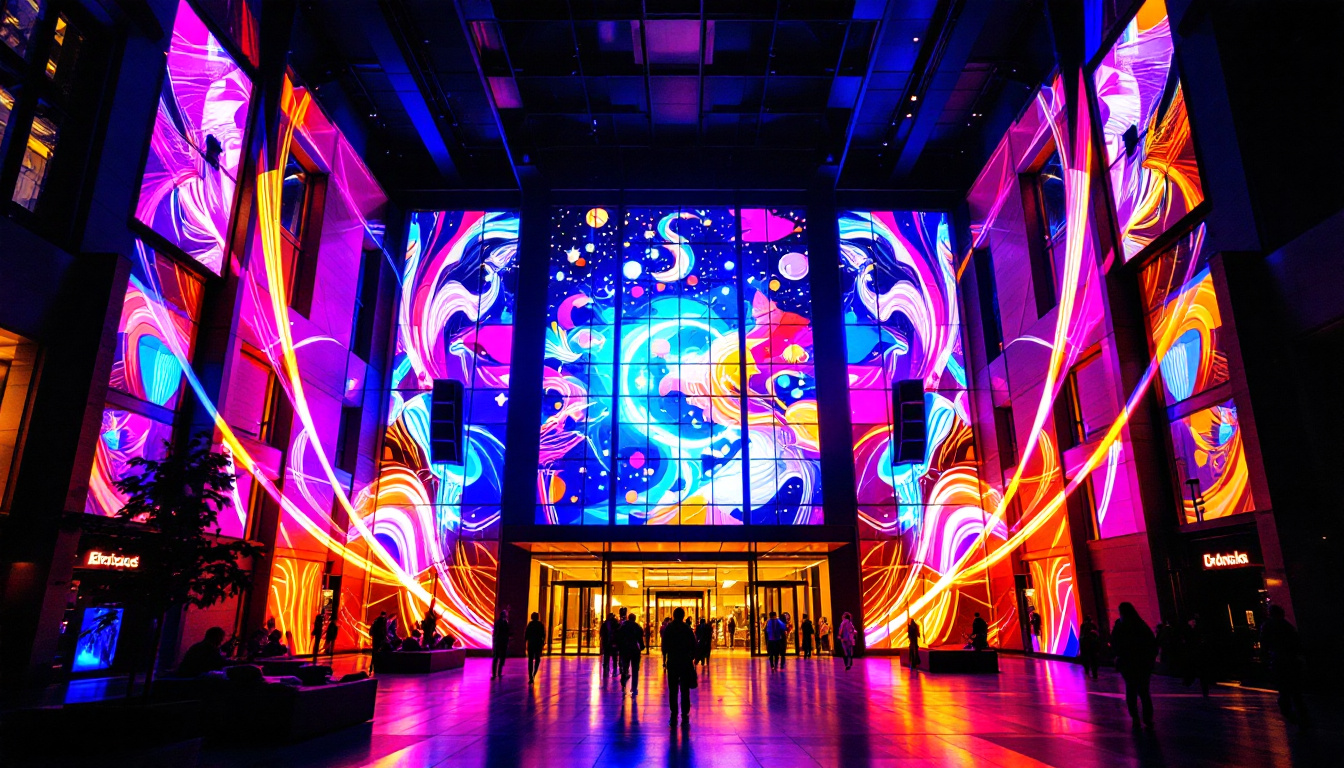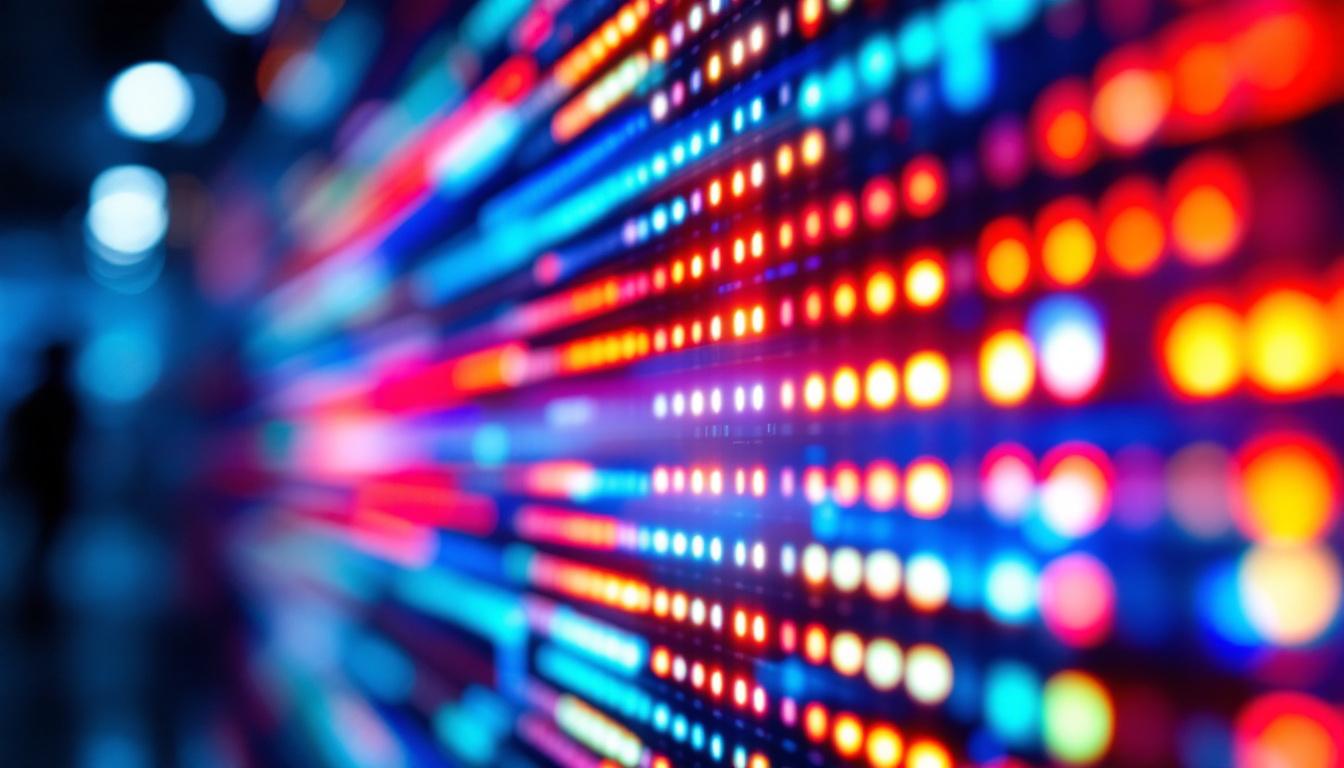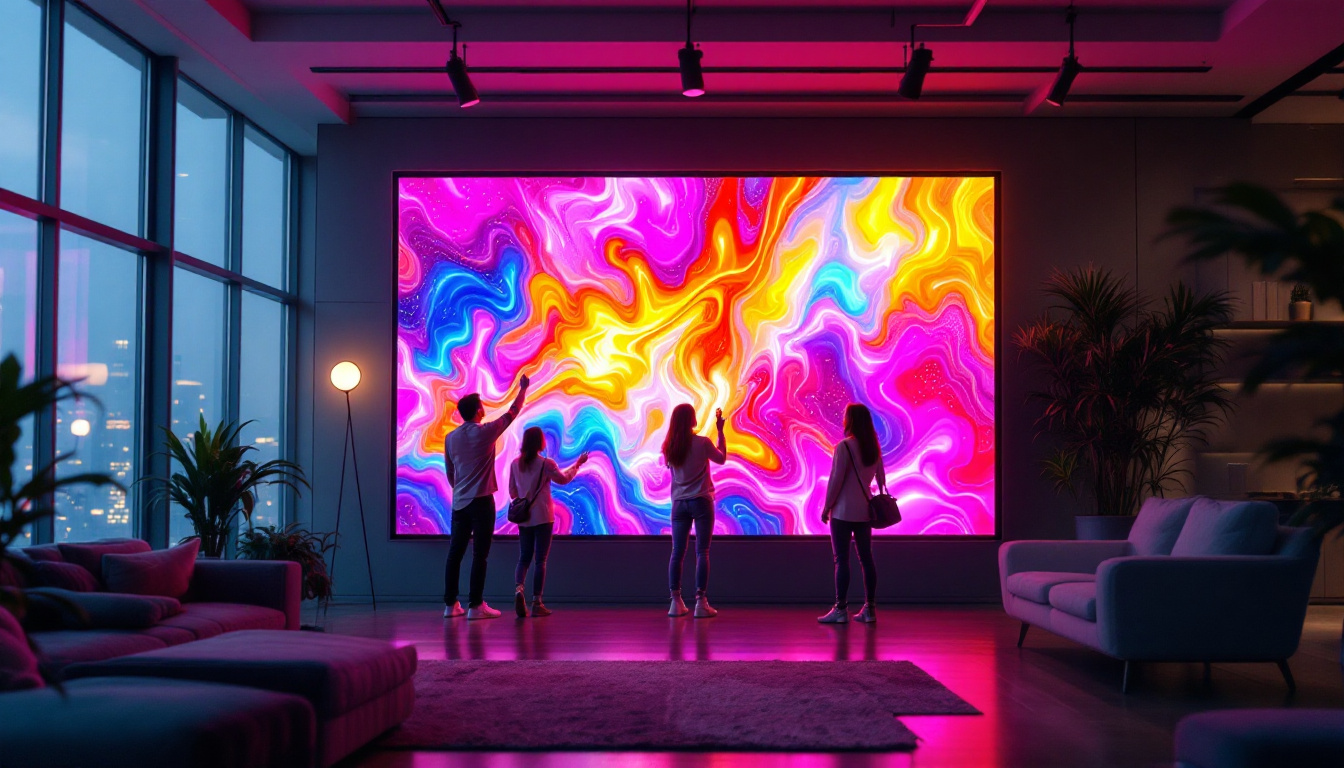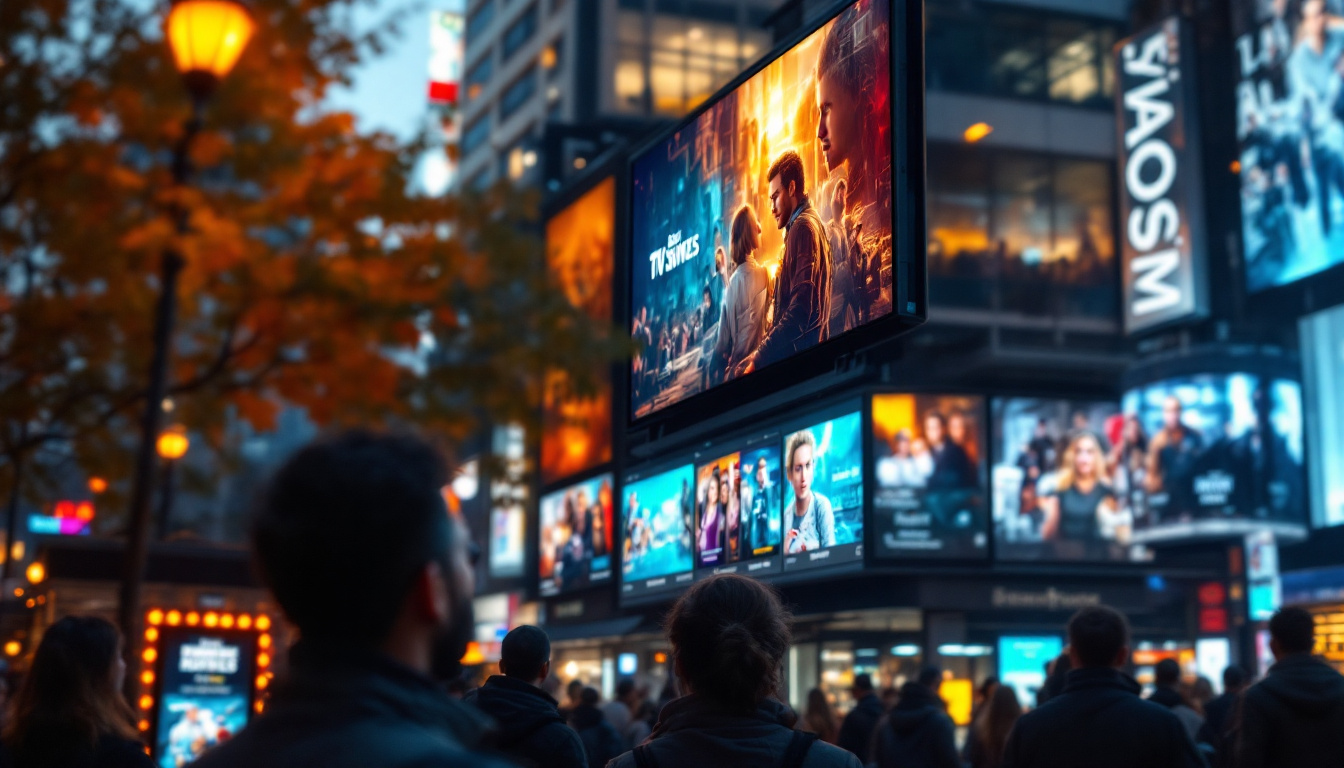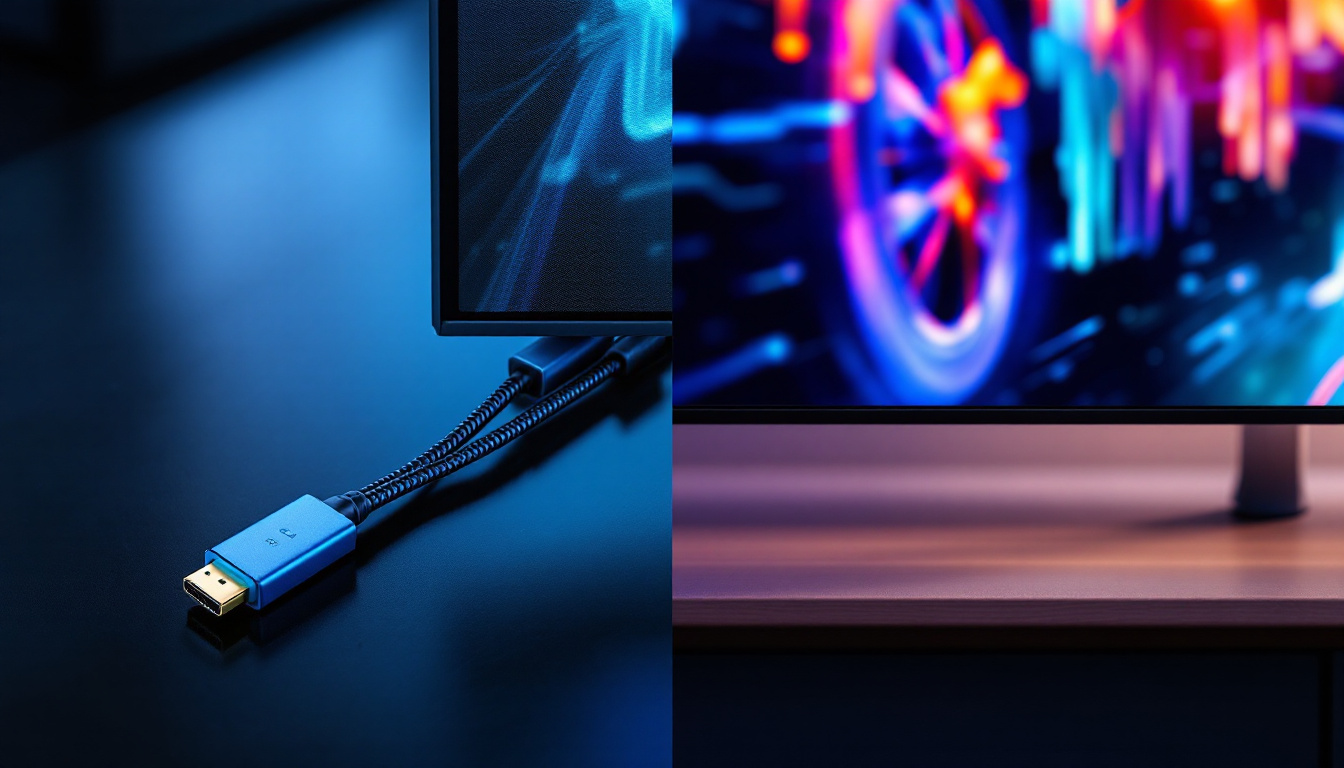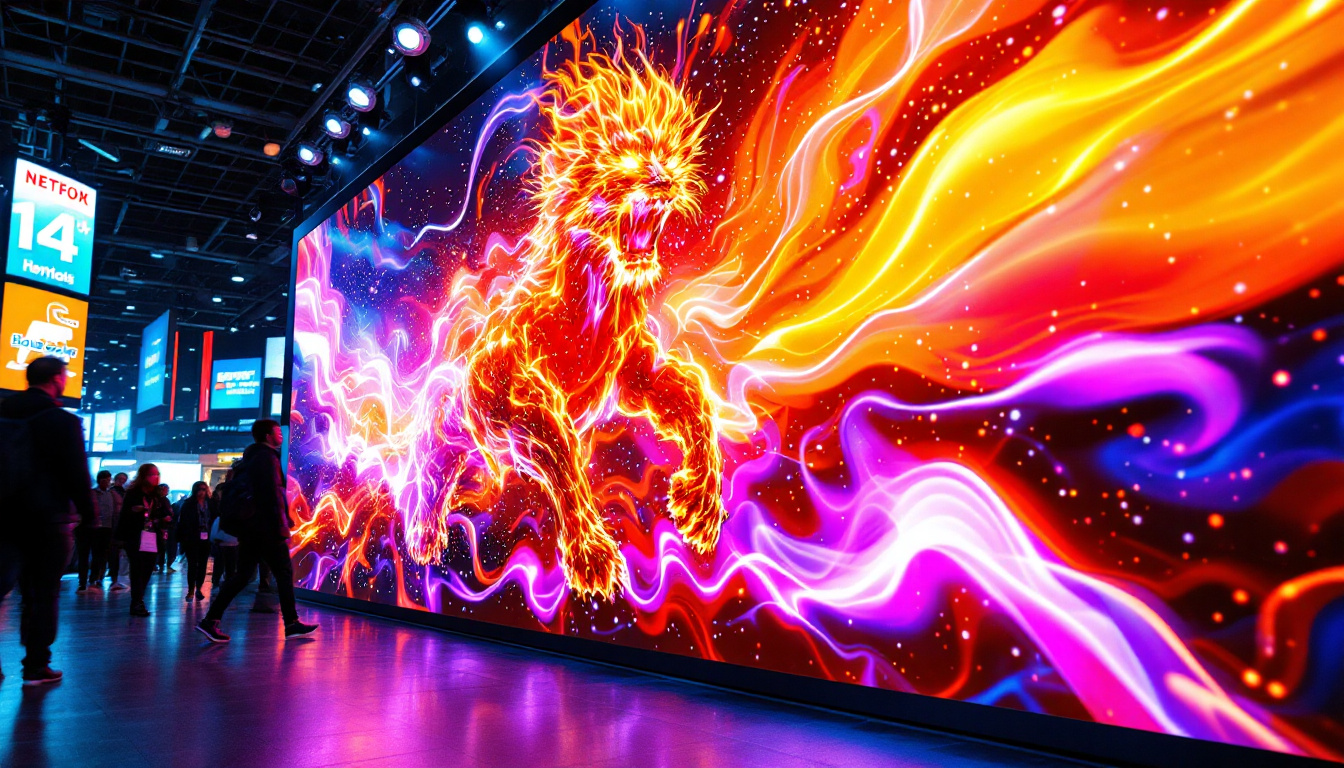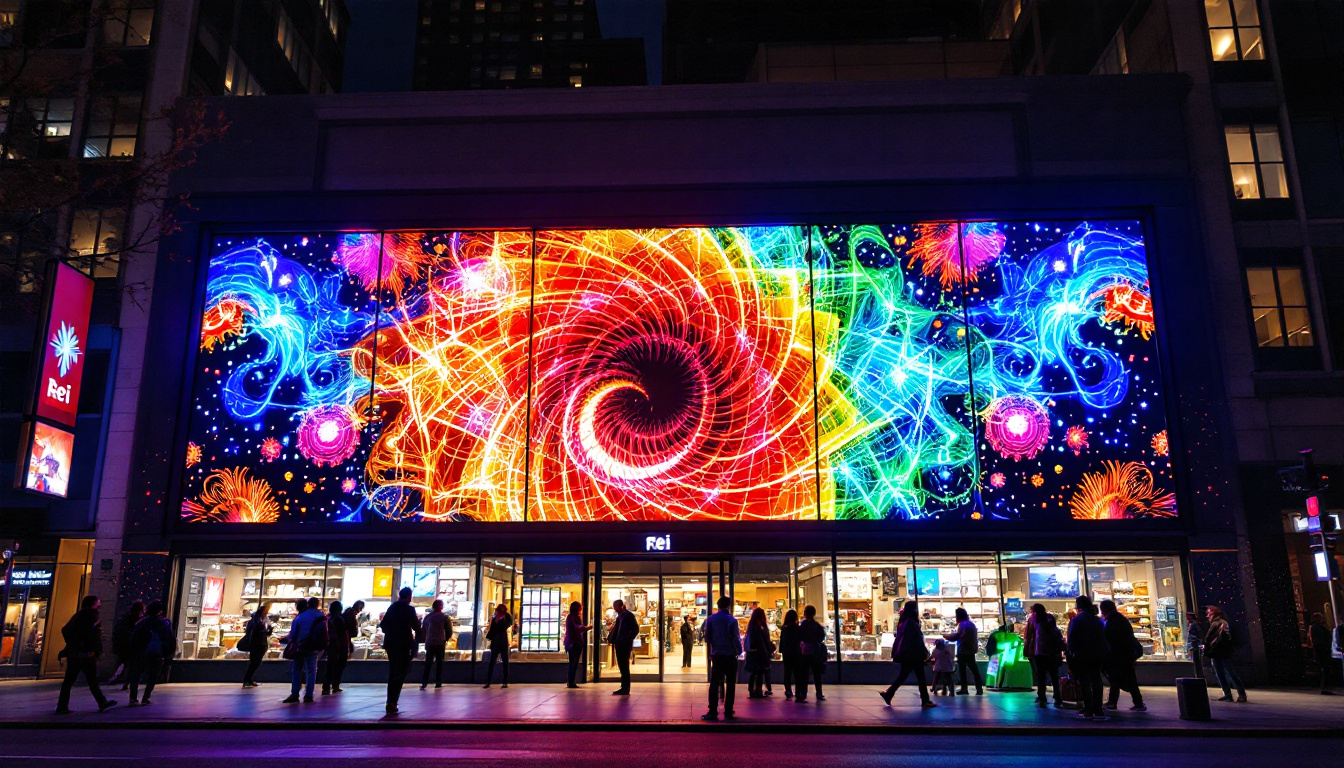In the modern age of technology, touch screen displays have become ubiquitous, transforming the way users interact with devices. From smartphones to kiosks, these displays offer an intuitive interface that enhances user experience. One of the most common types of touch screen displays is the LED display. This article delves into the intricacies of touch screen displays, particularly focusing on LED technology, its working principles, advantages, and applications.
Understanding Touch Screen Technology
Touch screen technology allows users to interact directly with what is displayed on the screen, rather than using a mouse or keyboard. This interaction is made possible through various technologies, including resistive, capacitive, and optical touch screens. Each type has its own unique characteristics and applications.
Types of Touch Screen Technologies
Touch screens can be classified into several categories based on their underlying technology. The most prevalent types include:
- Resistive Touch Screens: These screens consist of multiple layers that detect pressure applied to the surface. They are highly durable and can be used with gloves or styluses, making them ideal for industrial applications.
- Capacitive Touch Screens: Utilizing the electrical properties of the human body, capacitive screens detect touch through changes in capacitance. They offer high clarity and responsiveness, making them popular in smartphones and tablets.
- Optical Touch Screens: These screens use infrared light to detect touch. They are often used in large displays and kiosks, providing a robust solution for public interaction.
How Touch Screen Displays Work
The working principle of touch screens varies based on the technology employed. In capacitive touch screens, for instance, a touch is detected when a finger disrupts the electrostatic field on the screen. Conversely, resistive screens require pressure to register a touch, which is detected through the layers of the screen.
Understanding these principles is crucial for grasping how touch screens can be integrated with LED technology, which enhances their capabilities significantly. For example, the combination of touch screens with LED backlighting can result in displays that are not only more vibrant and energy-efficient but also capable of providing better visibility in various lighting conditions. This integration is particularly beneficial in environments where ambient light can interfere with screen readability, such as outdoor kiosks or in vehicles.
Moreover, advancements in touch screen technology have led to the development of multi-touch capabilities, allowing users to perform gestures such as pinch-to-zoom or swipe with multiple fingers simultaneously. This feature has transformed user experiences across devices, enabling more intuitive interactions that mimic real-world actions. As a result, touch screens have become a staple in modern technology, influencing everything from gaming consoles to smart home devices, and even in medical equipment where precision and quick access to information are paramount.
LED Display Technology
Light Emitting Diodes (LEDs) are semiconductor devices that emit light when an electric current passes through them. LED displays utilize this technology to create vibrant images and videos, making them a popular choice for various applications. From billboards to televisions, the versatility of LED displays has transformed the way we consume visual content, enhancing both aesthetic appeal and functionality.
How LED Displays Function
LED displays consist of an array of tiny light-emitting diodes that work together to produce images. Each diode can emit different colors, allowing for a full spectrum of hues when combined. These displays can be categorized into two main types: passive matrix and active matrix.
- Passive Matrix: This type uses a grid of conductors to control the light emitted by the diodes. While cost-effective, passive matrix displays tend to have slower response times and lower image quality.
- Active Matrix: Active matrix displays use a thin-film transistor (TFT) to control each pixel individually. This results in faster refresh rates and superior image quality, making them suitable for high-definition applications.
Advantages of LED Displays
LED displays come with a host of advantages that make them appealing for both consumers and businesses. Some of the key benefits include:
- Energy Efficiency: LED technology is known for its low power consumption, which translates to reduced energy costs.
- Longevity: LED displays have a longer lifespan compared to traditional display technologies, often lasting tens of thousands of hours.
- Brightness and Clarity: The brightness of LED displays ensures visibility in various lighting conditions, making them ideal for outdoor use.
In addition to these benefits, LED displays are also highly customizable, allowing for various shapes and sizes to fit specific design requirements. This adaptability has led to their widespread use in creative installations, such as art exhibits and immersive environments, where traditional screens might fall short. Furthermore, advancements in LED technology have led to the development of flexible displays, which can be bent or shaped to create unique visual experiences, opening up new avenues for innovative advertising and entertainment.
Another significant advantage of LED displays is their environmental impact. Unlike older display technologies that may contain hazardous materials, LEDs are more eco-friendly, as they do not contain mercury and are often recyclable. This aspect appeals to businesses looking to enhance their sustainability practices while still delivering high-quality visual content. As the demand for greener technology continues to rise, LED displays are poised to play a crucial role in the future of visual communications, aligning with global efforts to reduce carbon footprints and promote energy conservation.
Integrating Touch Screen and LED Technologies
The combination of touch screen and LED technologies creates a powerful interface that enhances user interaction. This integration is particularly evident in devices such as smartphones, tablets, and interactive kiosks. The seamless interaction between touch-sensitive surfaces and vibrant LED displays not only captivates users but also fosters a more engaging experience, allowing for intuitive navigation and immediate feedback.
Applications of Touch Screen LED Displays
Touch screen LED displays have found applications across numerous sectors, including:
- Retail: Interactive kiosks in stores allow customers to browse products, check prices, and even place orders. These kiosks can also provide personalized recommendations based on customer preferences, enhancing the shopping experience and driving sales.
- Education: Smart boards equipped with touch screen LED displays facilitate interactive learning experiences in classrooms. Students can collaborate on projects in real-time, share their work with peers, and engage in interactive lessons that cater to various learning styles.
- Healthcare: Touch screen displays are used in medical devices for patient monitoring and data entry, improving efficiency and accuracy. They allow healthcare professionals to access and input patient information quickly, leading to better patient outcomes and streamlined workflows.
Challenges and Considerations
While the integration of touch screen and LED technologies offers numerous benefits, it is not without challenges. Some considerations include:
- Cost: High-quality touch screen LED displays can be expensive, which may deter some businesses from adopting the technology. However, as technology advances and production processes improve, prices are gradually becoming more accessible to a wider range of consumers.
- Durability: While LED displays are generally robust, touch screens can be susceptible to scratches and damage if not properly protected. Manufacturers are increasingly developing tougher glass and protective coatings to enhance durability and extend the lifespan of these devices.
- Calibration: Ensuring accurate touch response requires regular calibration, which can be a time-consuming process. Some modern systems are now equipped with self-calibrating features, reducing the need for manual adjustments and allowing users to focus on their tasks without interruption.
Furthermore, the environmental impact of manufacturing and disposing of touch screen LED displays is gaining attention. As consumers become more eco-conscious, manufacturers are exploring sustainable materials and recycling programs to mitigate their carbon footprint. This shift not only addresses environmental concerns but also aligns with the growing demand for responsible technology solutions. Additionally, as the technology evolves, we can expect to see advancements such as flexible displays and enhanced touch sensitivity, which will further broaden the scope of applications and user experiences.
The Future of Touch Screen LED Displays
The future of touch screen LED displays looks promising, with ongoing advancements in technology paving the way for more innovative applications. Emerging trends include:
Advancements in Display Technology
As technology continues to evolve, new developments in display technology are expected to enhance the capabilities of touch screen LED displays. Innovations such as OLED (Organic Light Emitting Diode) technology are gaining traction, offering improved color accuracy and contrast ratios.
Enhanced User Experience
Future touch screen LED displays are likely to incorporate advanced features such as haptic feedback, which provides tactile responses to user interactions, further enhancing the overall experience.
Integration with AI and IoT
The integration of touch screen LED displays with artificial intelligence (AI) and the Internet of Things (IoT) is set to revolutionize user interaction. Smart displays that adapt to user preferences and behaviors will create a more personalized experience, making technology even more accessible and efficient.
Conclusion
Touch screen LED displays represent a significant advancement in user interface technology, offering a seamless blend of interactivity and visual appeal. Their applications span various industries, from retail to healthcare, demonstrating their versatility and importance in modern technology.
As advancements continue to emerge, the future of touch screen LED displays promises to be even more exciting, with innovations that enhance user experience and broaden their applications. Understanding the intricacies of this technology is essential for businesses and consumers alike, ensuring they stay ahead in an ever-evolving digital landscape.
Discover LumenMatrix LED Display Solutions
Ready to elevate your interactive experiences with the latest in LED display technology? Look no further than LumenMatrix, a pioneer in creating dynamic and immersive visual solutions. Whether you’re seeking to enhance your retail space, engage students in the classroom, or grab attention in any public setting, our comprehensive range of LED display modules—including Indoor, Outdoor, Vehicle, Poster, Sports, Floor, Custom, All-in-One, and Transparent LED Displays—is designed to meet your unique needs. Embrace the future of visual communication with LumenMatrix and transform your space into a captivating showcase. Check out LumenMatrix LED Display Solutions today and see your vision come to life.


